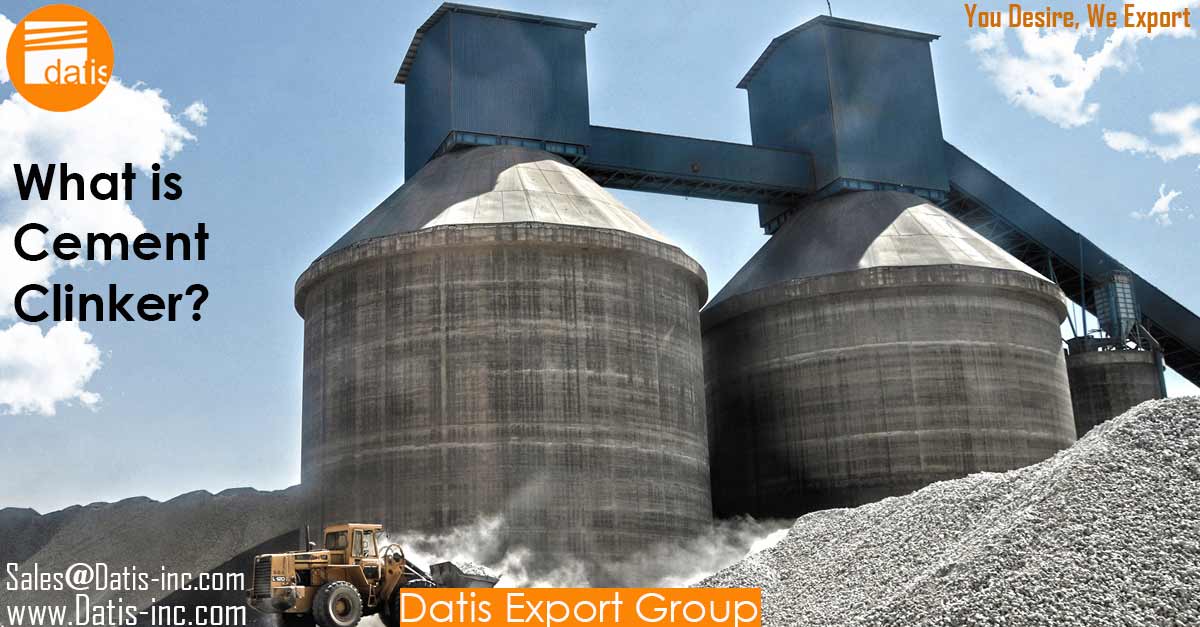BigHornRam
Well-known member
Maybe the Obama's are giving us a heads up on what's to come, so we can prepare?There's also a WSJ article today on the extraordinary amount offoodenergy the AI gods will require. Microsoft is using AI to help speed up approval of nuclear power plants, in order to power its AI.
I assume any other energy companies building new wind or solar farms also have an eye on the AI energy demand.
One estimate is that due to AI, by 2027 the electricity to power data centers will increase 50% over current use.
And as the AI chips become moreautonomouspowerful, even more energy will be needed to "cool" them to keep at acceptable tems which could cause an up to 100% increase in electricity consumption.
Sounds like we'll all be living inside the Matrix pretty soon.
Leave the World Behind https://g.co/kgs/Qk9dUR






